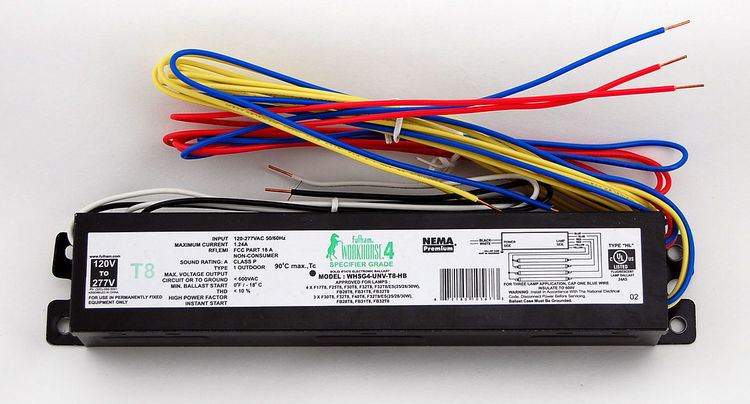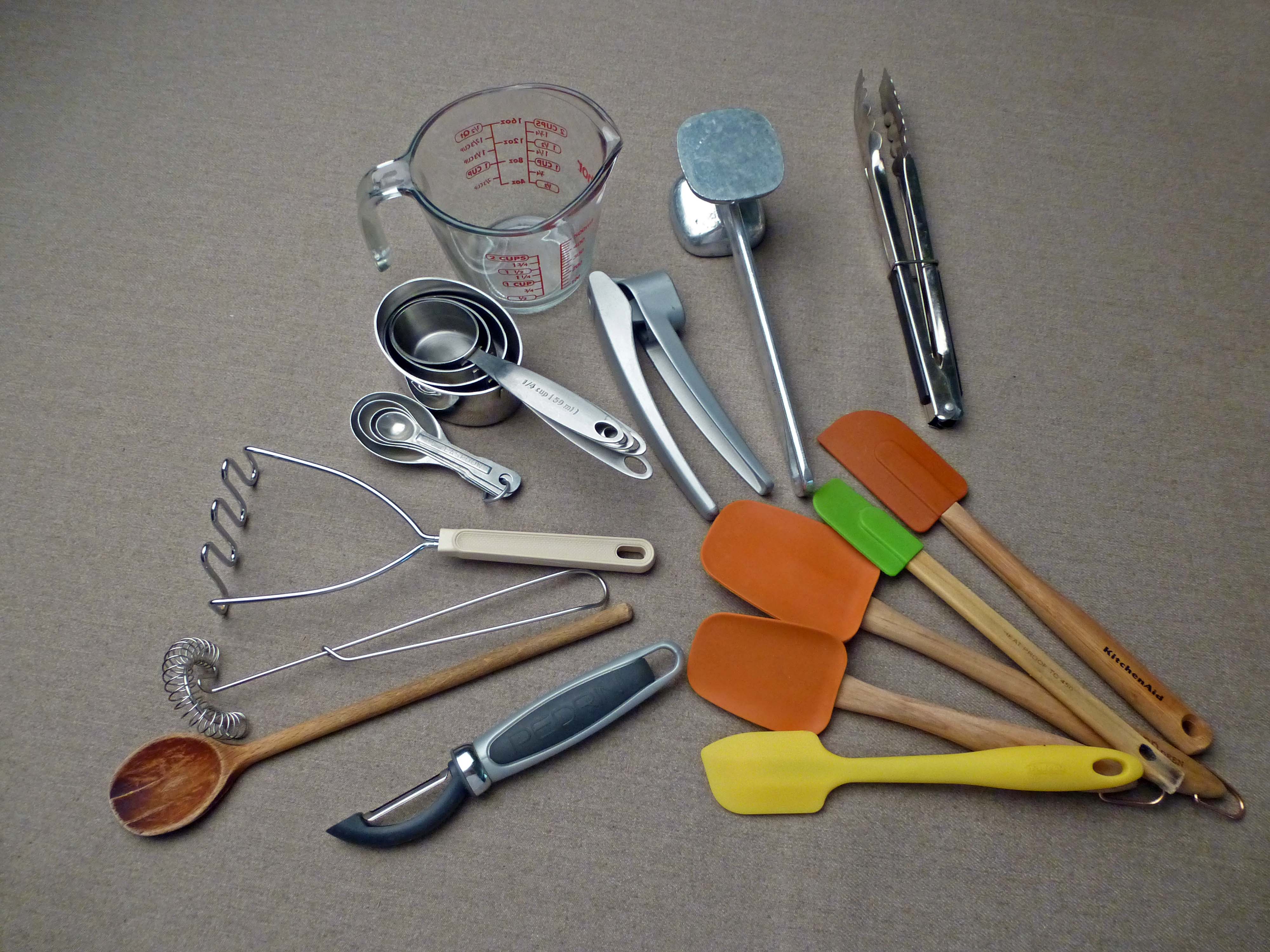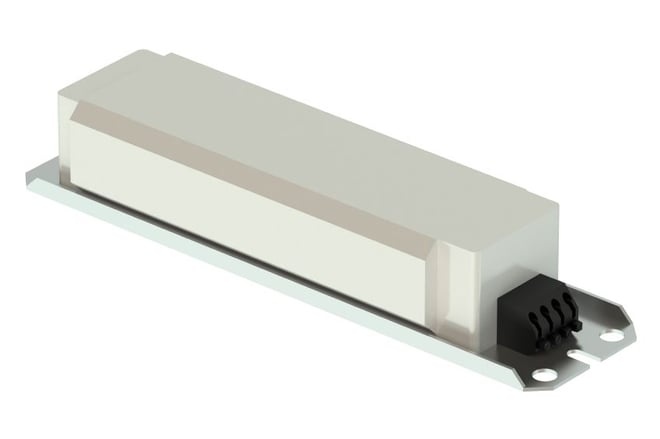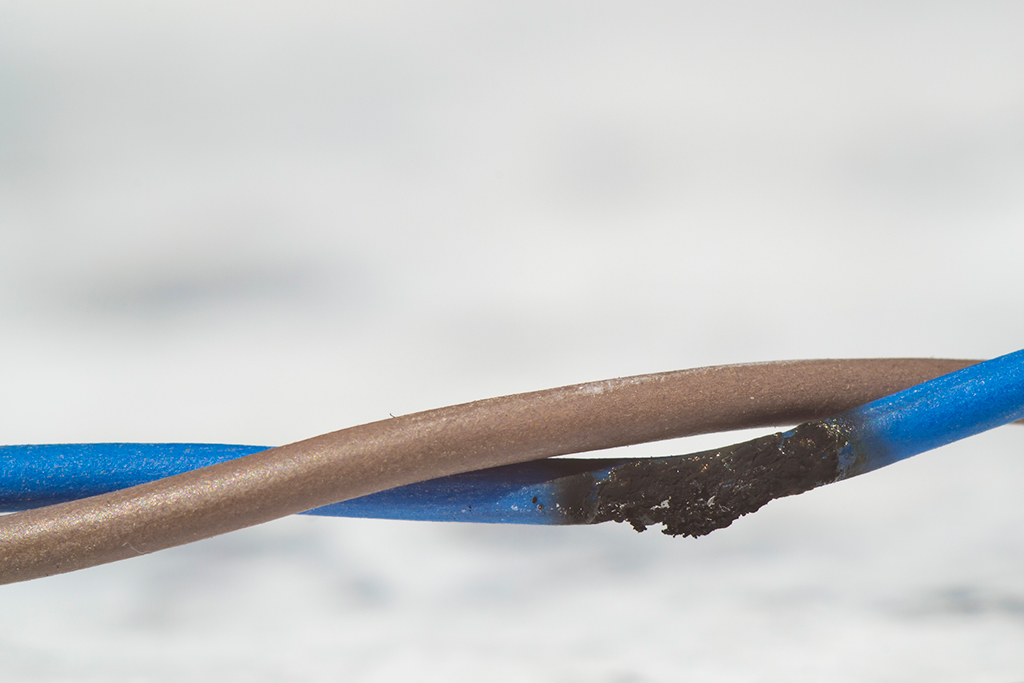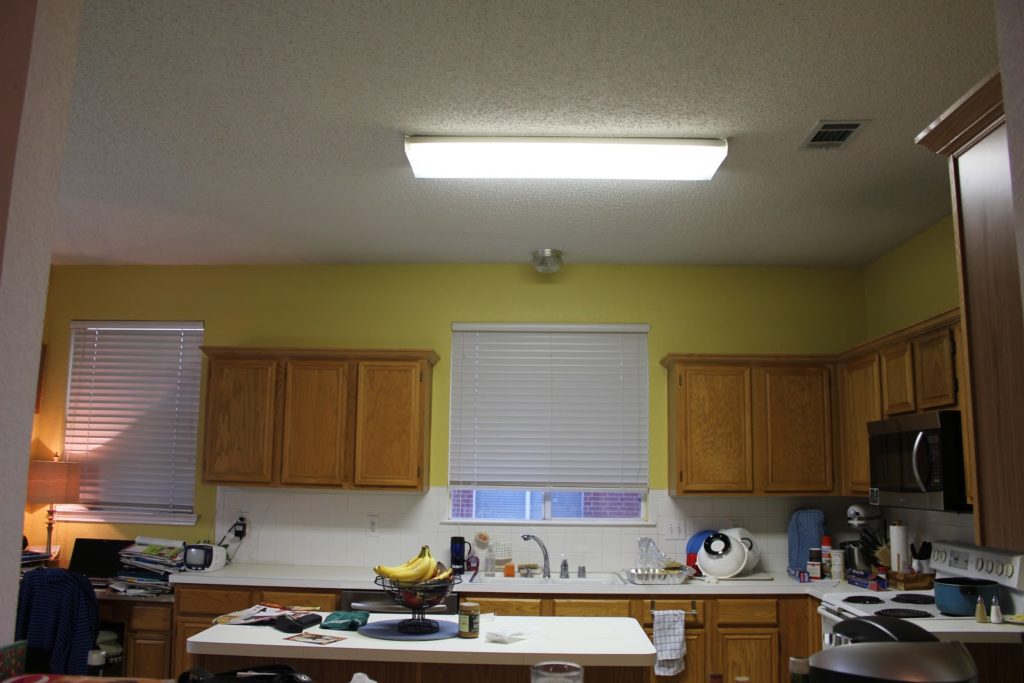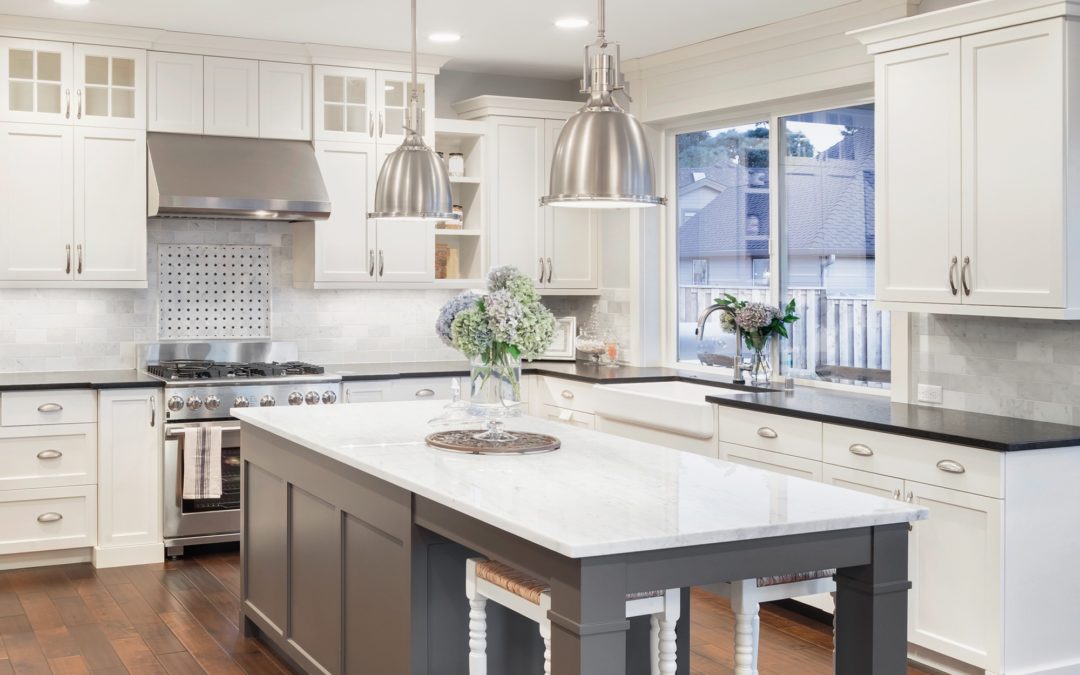How to Fix a Kitchen Light Ballast
If your kitchen light has suddenly stopped working or is flickering, there's a good chance that the ballast may be to blame. The ballast is a small device that regulates the electrical current to your light fixture, and when it malfunctions, it can cause a range of issues. But don't worry, fixing a kitchen light ballast is a relatively simple process and can save you from having to replace the entire light fixture. In this article, we'll walk you through the steps to fix a kitchen light ballast and get your kitchen illuminated again.
Replacing a Kitchen Light Ballast
If your kitchen light ballast is beyond repair, the best solution is to replace it. To do this, you'll need to purchase a new ballast that is compatible with your light fixture. Make sure to turn off the power to the light before beginning any work and consult the manufacturer's instructions for specific replacement steps. In general, here's how to replace a kitchen light ballast:
DIY Kitchen Light Ballast Repair
If you're feeling confident and want to try repairing the ballast yourself, it's important to first identify the issue. A common problem with ballasts is a faulty capacitor, which can cause flickering or buzzing noises. In this case, replacing the capacitor can fix the issue and save you from having to replace the entire ballast. However, if the issue is more complex, it's best to consult a professional electrician.
Troubleshooting Kitchen Light Ballast Issues
If your kitchen light is experiencing issues, it's important to first troubleshoot the problem before attempting any repairs. This will help you identify the root cause and determine if a ballast replacement is necessary. Some common issues with kitchen light ballasts include flickering, buzzing noises, and complete failure to turn on. These can be caused by a faulty ballast, capacitor, or wiring issues.
Step-by-Step Guide for Fixing a Kitchen Light Ballast
Here's a step-by-step guide for fixing a kitchen light ballast:
Common Problems with Kitchen Light Ballasts
As mentioned before, a common issue with kitchen light ballasts is a faulty capacitor. This can cause flickering or buzzing noises and can often be fixed by simply replacing the capacitor. Other common problems include loose or damaged wiring and corrosion on the ballast itself. It's important to regularly inspect your kitchen light fixtures and address any issues as soon as they arise to avoid further damage to your ballast.
Tools Needed for Fixing a Kitchen Light Ballast
Before attempting to fix your kitchen light ballast, you'll need the following tools:
Tips for Replacing a Kitchen Light Ballast
Here are a few tips to keep in mind when replacing a kitchen light ballast:
How to Identify a Faulty Kitchen Light Ballast
If you're experiencing issues with your kitchen light, it's important to first identify if the ballast is the culprit. Here are a few signs that your kitchen light ballast may be faulty:
Replacing a Fluorescent Kitchen Light Ballast
If your kitchen light is a fluorescent fixture, the process for replacing the ballast is slightly different. Fluorescent ballasts are typically larger and more complex, and it's best to consult a professional electrician for replacement. However, if you're feeling confident, make sure to follow the manufacturer's instructions and take all necessary safety precautions.
In conclusion, fixing a kitchen light ballast is a relatively easy task that can save you from having to replace the entire light fixture. With the right tools and knowledge, you can troubleshoot and repair common ballast issues yourself, or replace the ballast entirely if necessary. Just remember to always turn off the power and consult a professional if you're unsure. With a little effort, you can have your kitchen light shining bright again in no time.
The Importance of a Well-Functioning Kitchen Light Ballast

Why a Faulty Ballast is a Problem
 The kitchen is the heart of the home, and proper lighting is essential for both functionality and aesthetics. If your kitchen light ballast is malfunctioning, it can cause a host of issues. The ballast is responsible for regulating the flow of electricity to your light fixtures, ensuring they receive the correct amount of power. When the ballast is faulty, it can lead to flickering lights, dim or uneven lighting, and even complete light failure. This not only makes it difficult to cook and work in the kitchen, but it also poses safety hazards, such as the risk of fire.
The kitchen is the heart of the home, and proper lighting is essential for both functionality and aesthetics. If your kitchen light ballast is malfunctioning, it can cause a host of issues. The ballast is responsible for regulating the flow of electricity to your light fixtures, ensuring they receive the correct amount of power. When the ballast is faulty, it can lead to flickering lights, dim or uneven lighting, and even complete light failure. This not only makes it difficult to cook and work in the kitchen, but it also poses safety hazards, such as the risk of fire.
The Benefits of Fixing Your Kitchen Light Ballast
 A well-functioning kitchen light ballast offers numerous benefits for your home. Firstly, it ensures that your kitchen is well-lit, allowing you to see clearly while cooking, reading recipes, or preparing meals. This is especially important for those who spend a significant amount of time in the kitchen. Additionally, a properly functioning ballast can help reduce your energy consumption and lower your electricity bill. A faulty ballast can often cause lights to use more energy, leading to unnecessary expenses. By fixing the ballast, you can save money in the long run.
A well-functioning kitchen light ballast offers numerous benefits for your home. Firstly, it ensures that your kitchen is well-lit, allowing you to see clearly while cooking, reading recipes, or preparing meals. This is especially important for those who spend a significant amount of time in the kitchen. Additionally, a properly functioning ballast can help reduce your energy consumption and lower your electricity bill. A faulty ballast can often cause lights to use more energy, leading to unnecessary expenses. By fixing the ballast, you can save money in the long run.
The Importance of Professional Help
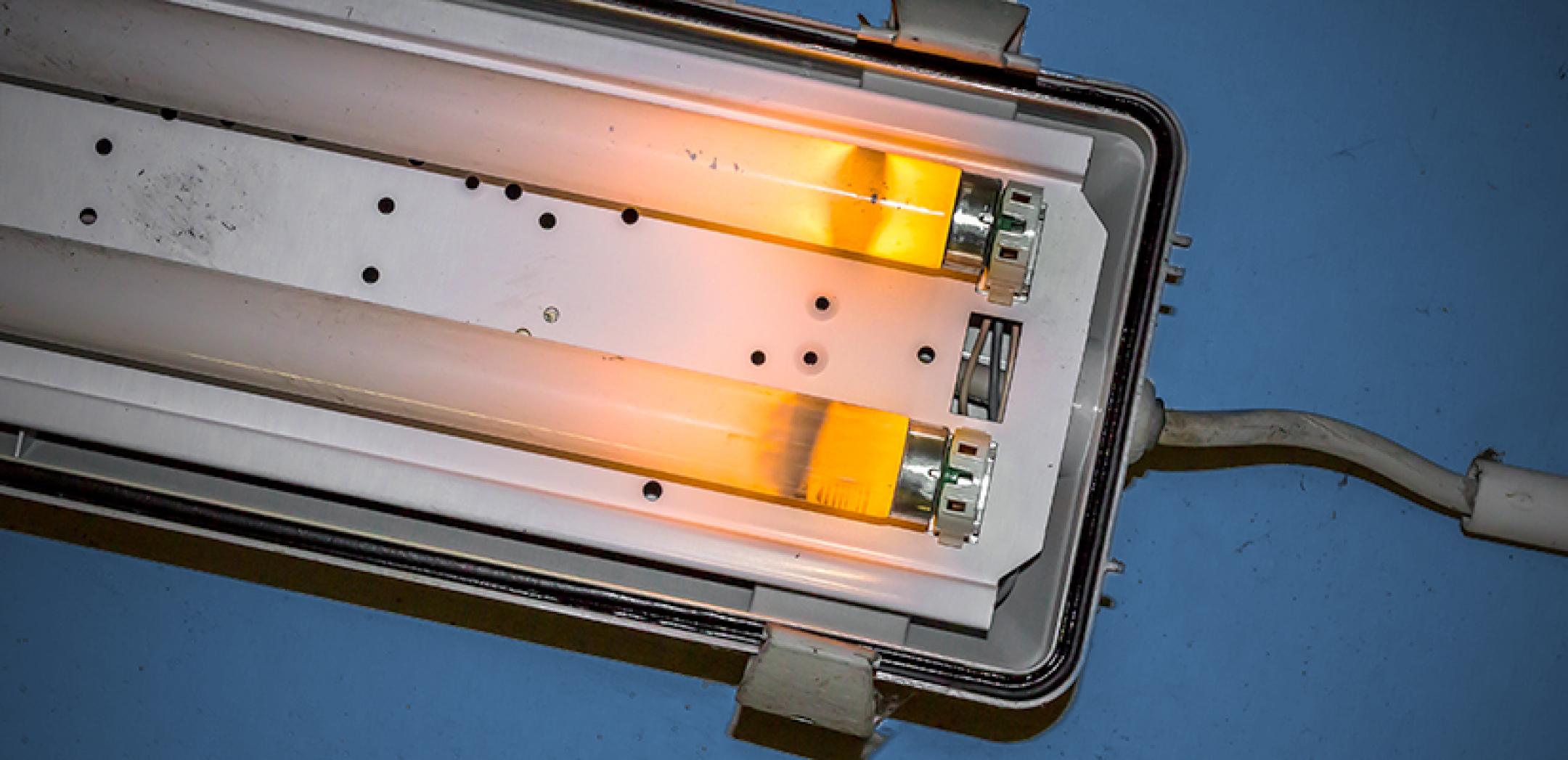 While it may be tempting to try and fix your kitchen light ballast yourself, it is always best to seek professional help. Dealing with electricity can be dangerous, and attempting to fix a faulty ballast without the necessary knowledge and experience can lead to further damage or even electrocution. A licensed electrician can properly diagnose the issue and provide a safe and efficient solution. They can also ensure that all wiring and connections are up to code, giving you peace of mind and a properly functioning kitchen light ballast.
While it may be tempting to try and fix your kitchen light ballast yourself, it is always best to seek professional help. Dealing with electricity can be dangerous, and attempting to fix a faulty ballast without the necessary knowledge and experience can lead to further damage or even electrocution. A licensed electrician can properly diagnose the issue and provide a safe and efficient solution. They can also ensure that all wiring and connections are up to code, giving you peace of mind and a properly functioning kitchen light ballast.
The Bottom Line
 A well-functioning kitchen light ballast is crucial for a well-designed and functional kitchen. It provides proper lighting, saves energy, and ensures safety. If you are experiencing issues with your kitchen lights, it is best to seek professional help to fix the ballast. By doing so, you can ensure a well-lit and safe kitchen for all your cooking and entertaining needs. Don't let a faulty ballast dim your kitchen's potential. Contact a licensed electrician today to fix the issue and brighten up your space.
A well-functioning kitchen light ballast is crucial for a well-designed and functional kitchen. It provides proper lighting, saves energy, and ensures safety. If you are experiencing issues with your kitchen lights, it is best to seek professional help to fix the ballast. By doing so, you can ensure a well-lit and safe kitchen for all your cooking and entertaining needs. Don't let a faulty ballast dim your kitchen's potential. Contact a licensed electrician today to fix the issue and brighten up your space.







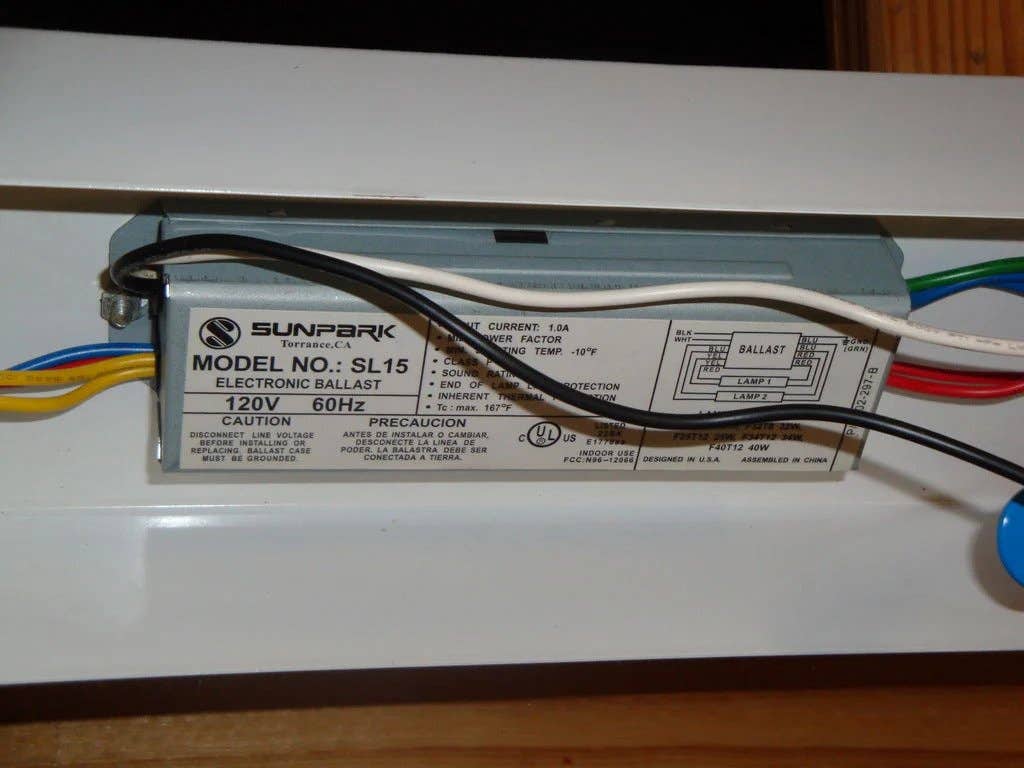


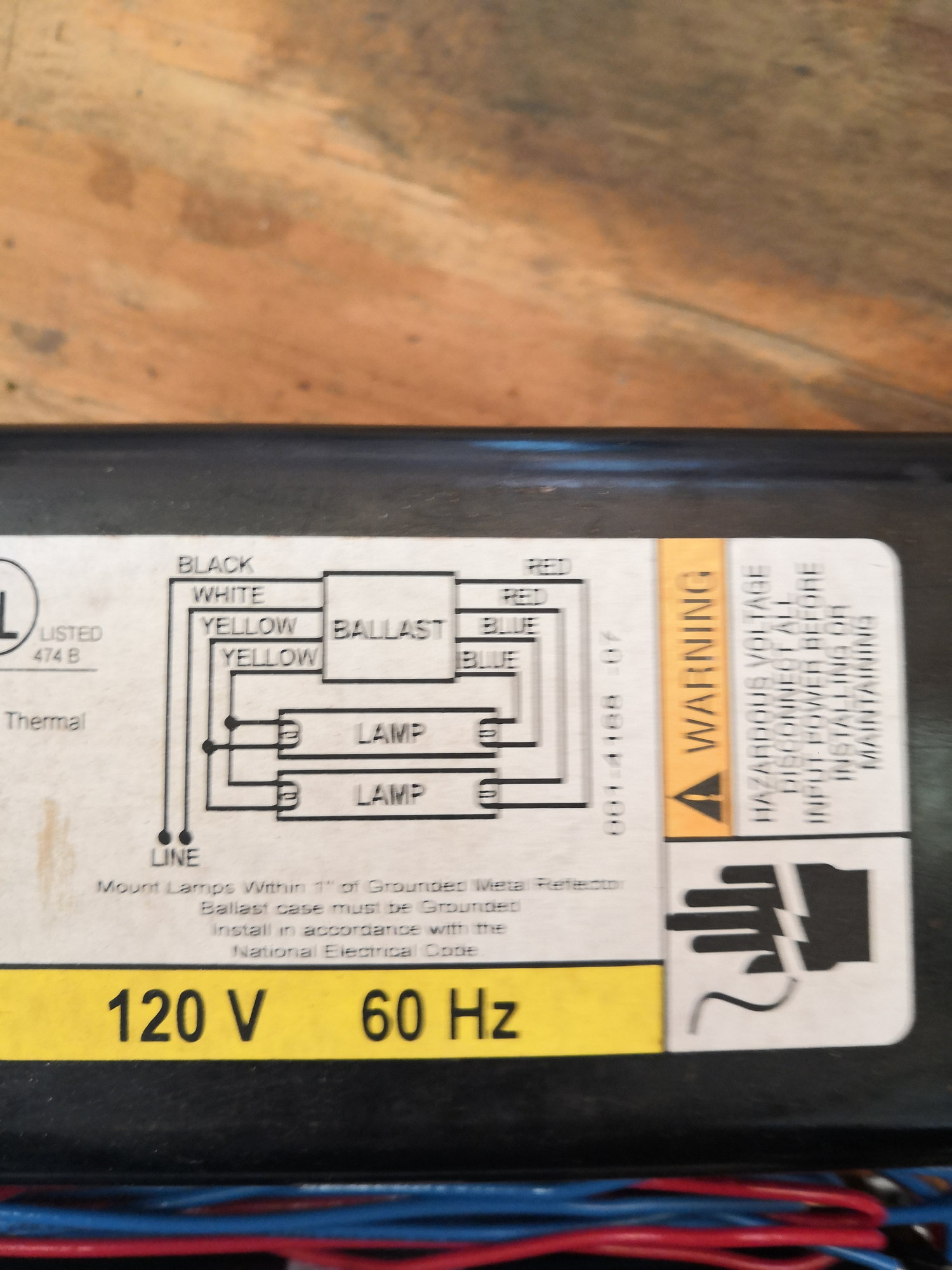
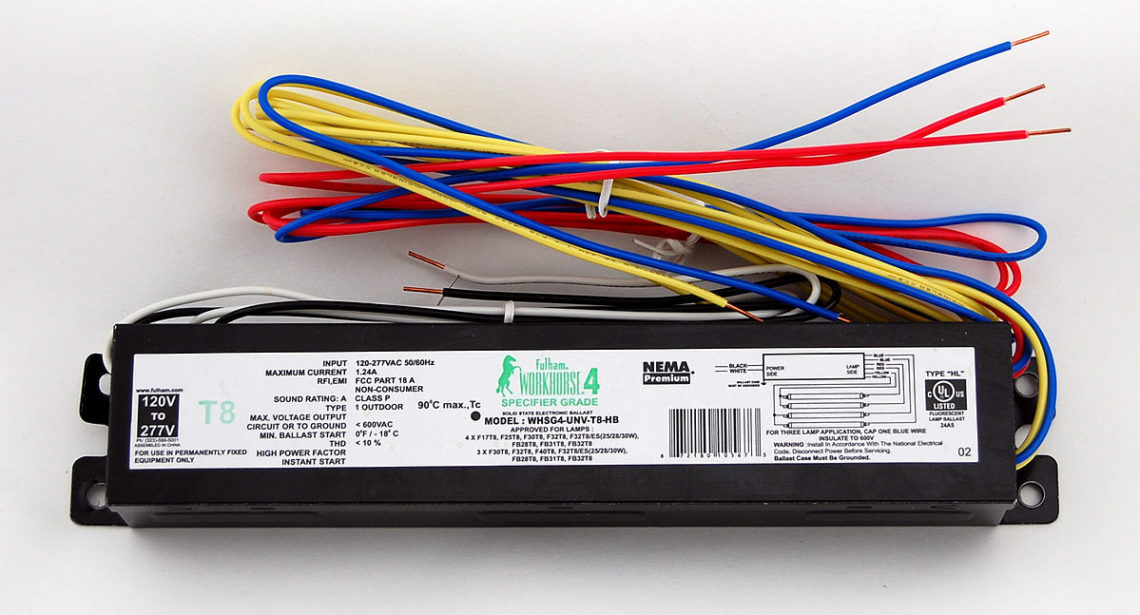
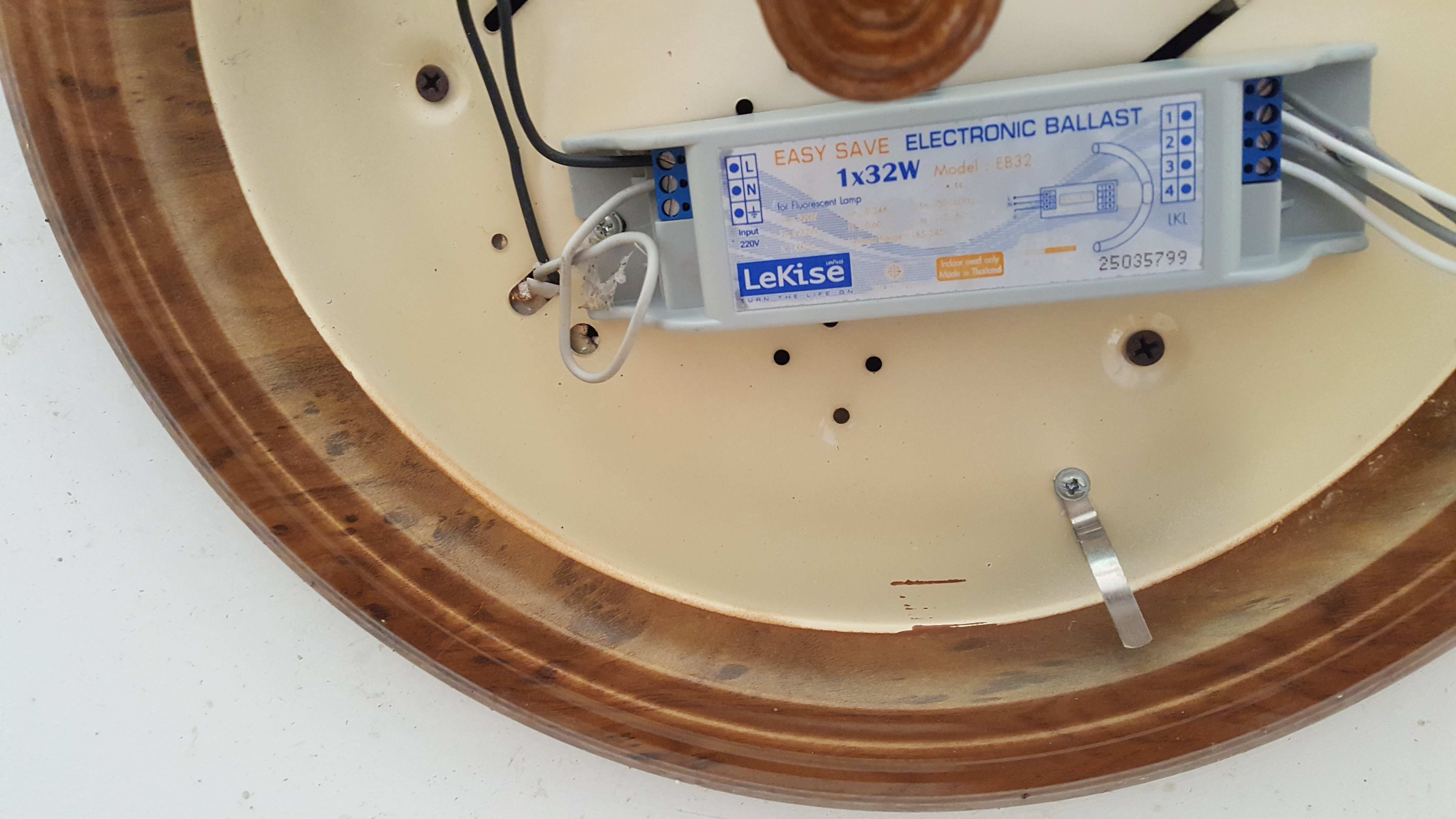
:max_bytes(150000):strip_icc()/SPR-ballast-gone-ballistic-1152461-hero-f0a1c039d31a4d9aa074ed25f4675762.jpg)


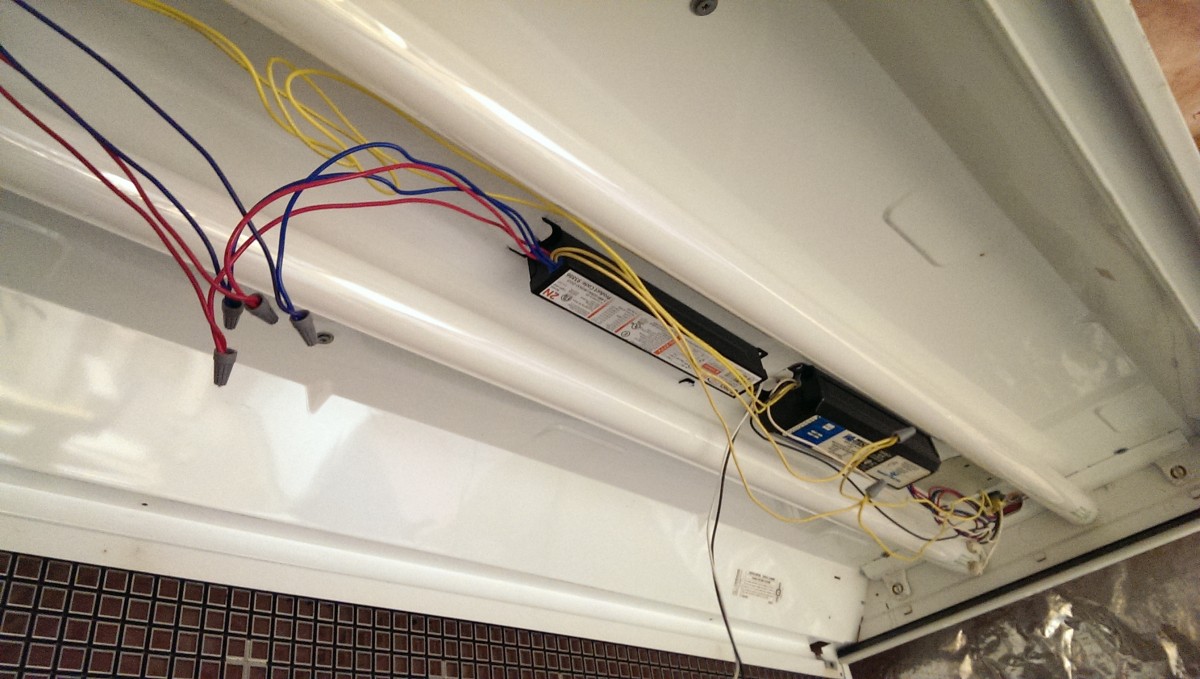
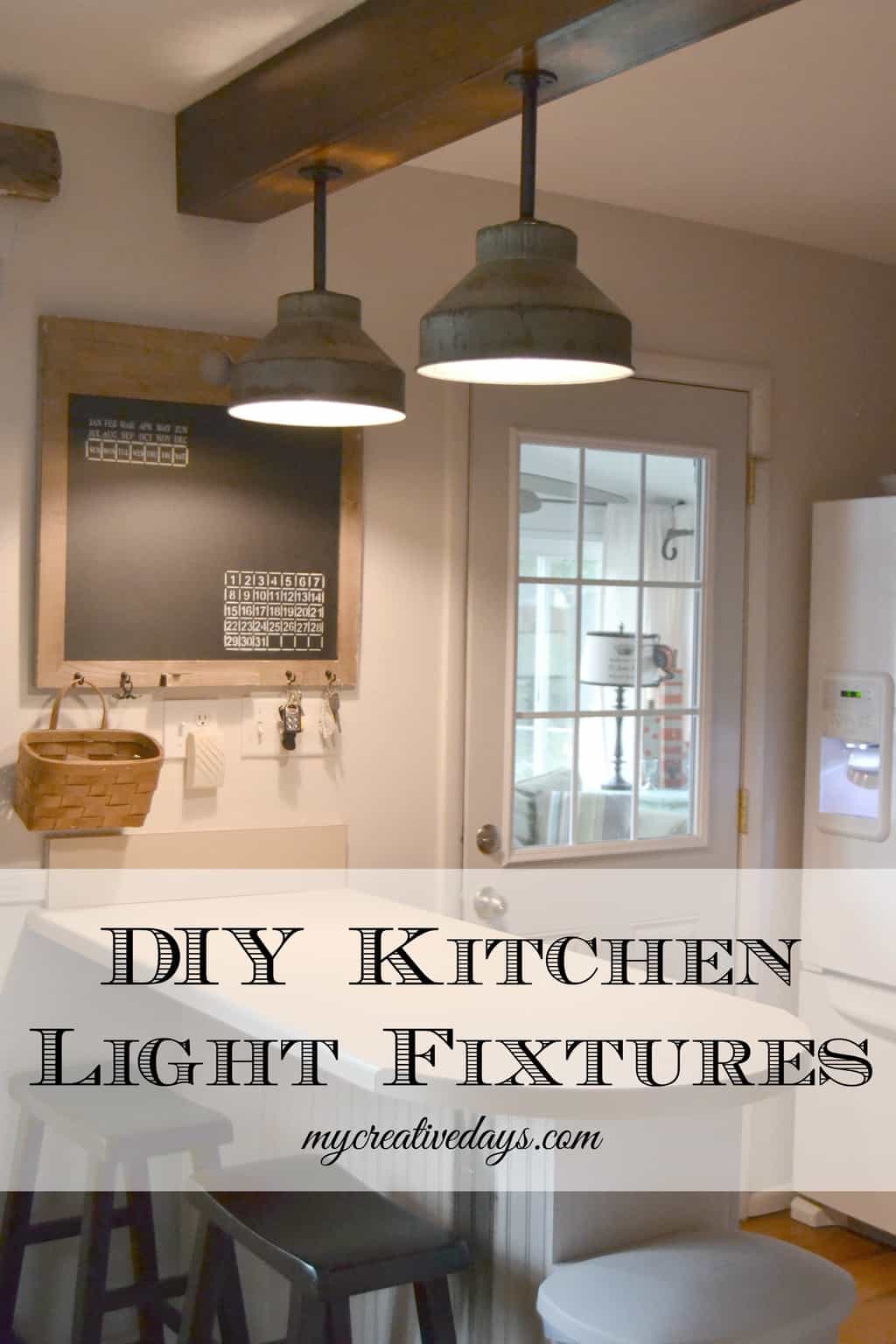



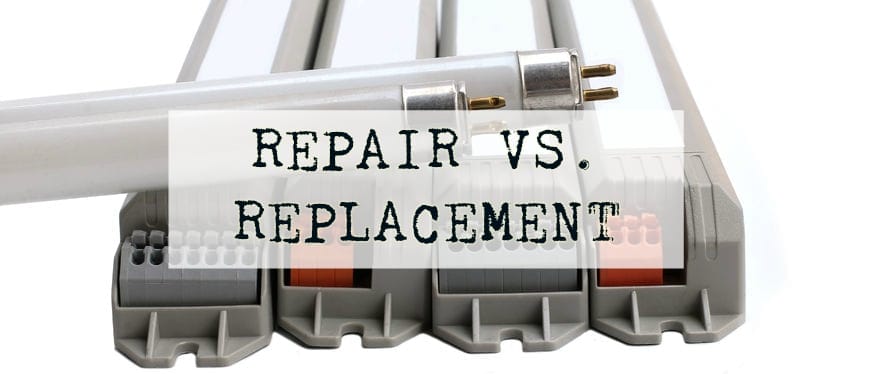




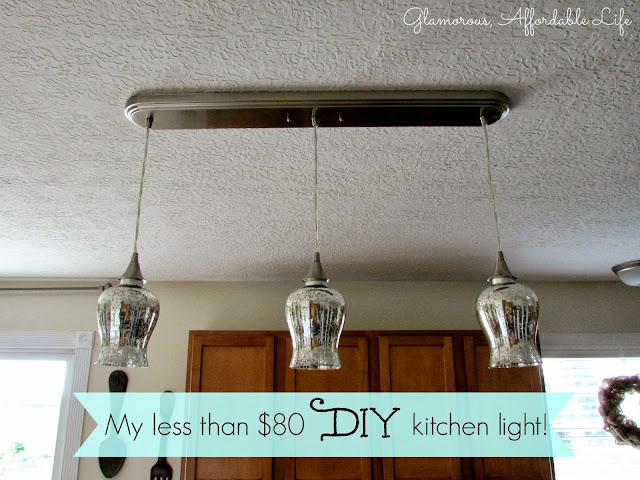
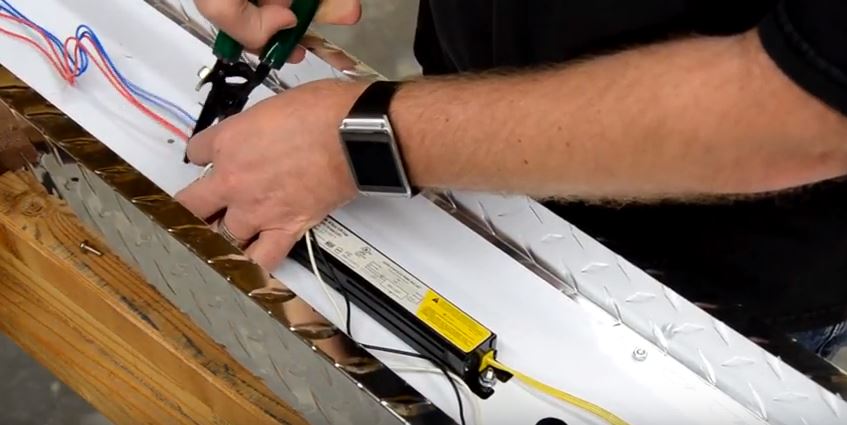
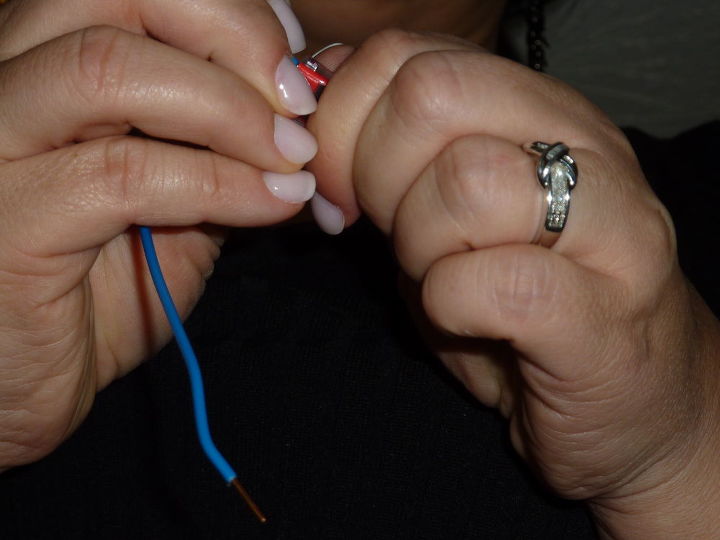



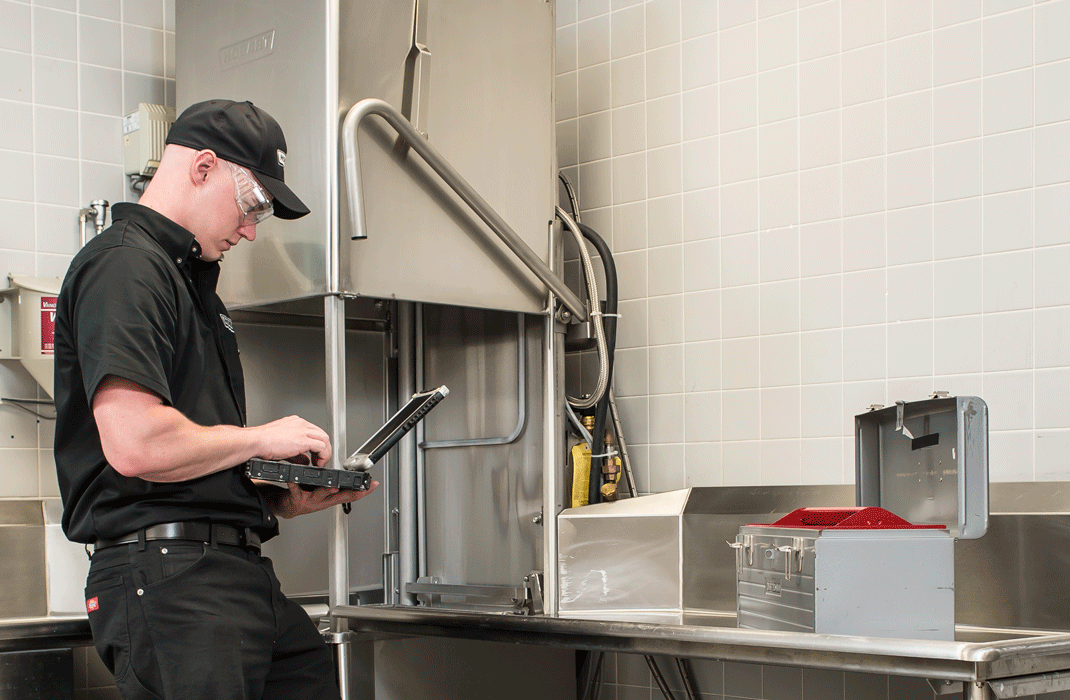
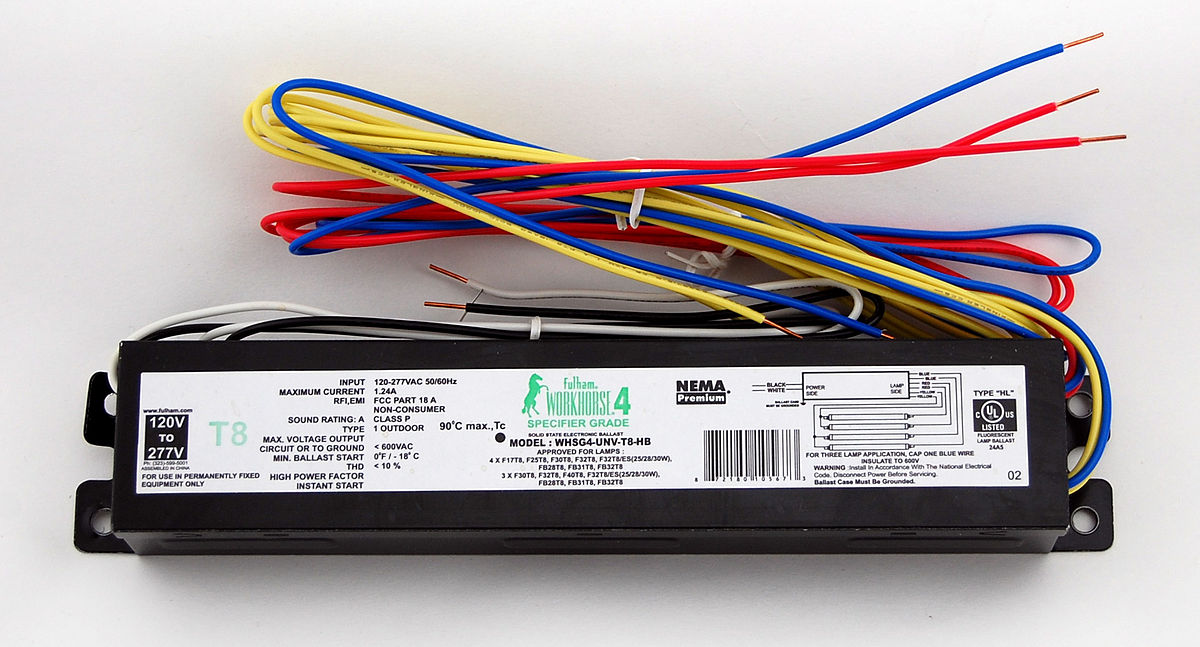
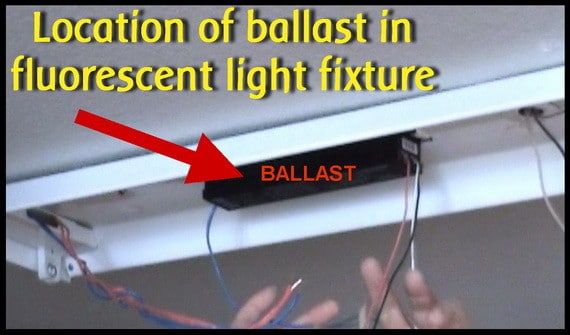





.jpg)
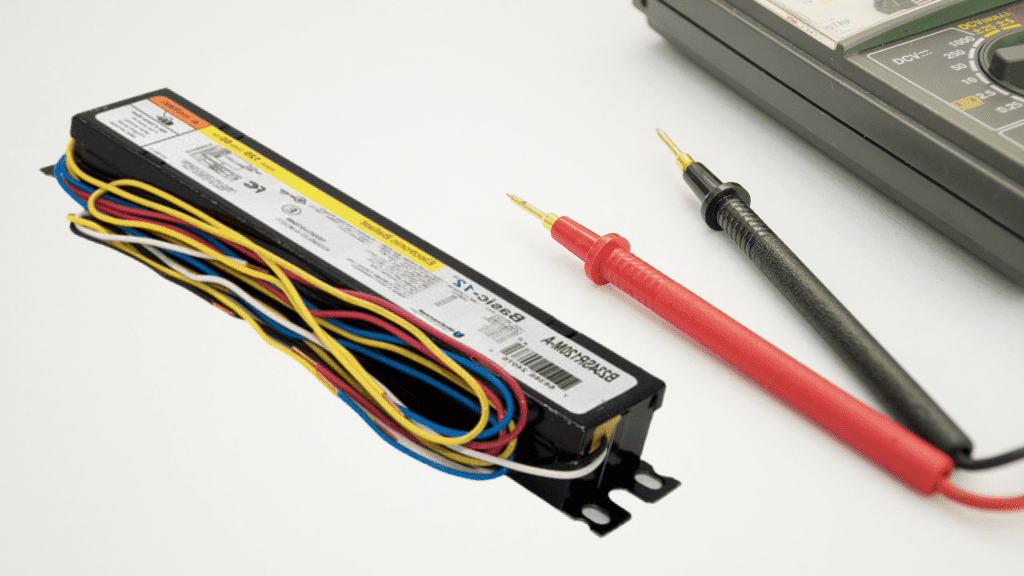



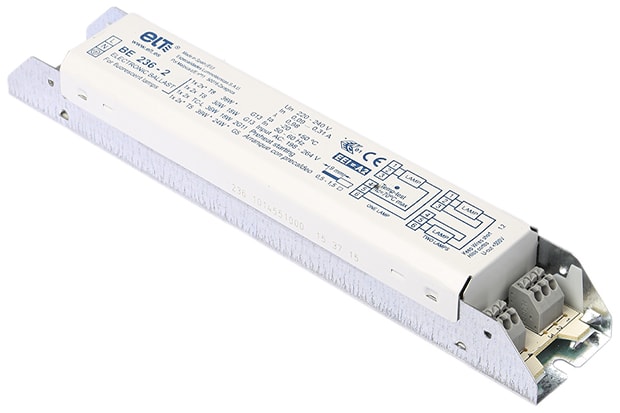

:max_bytes(150000):strip_icc()/SPR-ballast-gone-ballistic-1152461-hero-f0a1c039d31a4d9aa074ed25f4675762.jpg)





